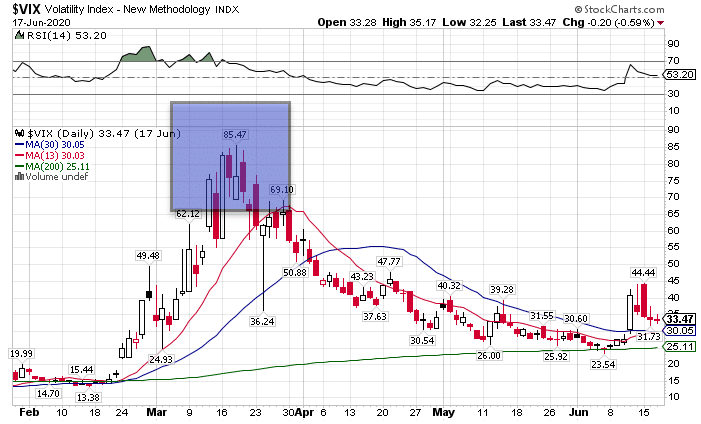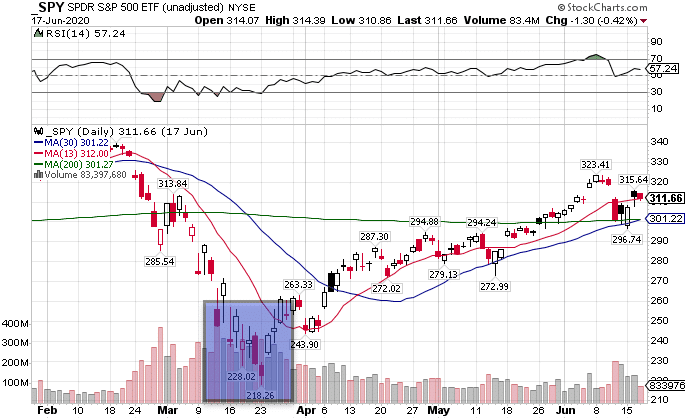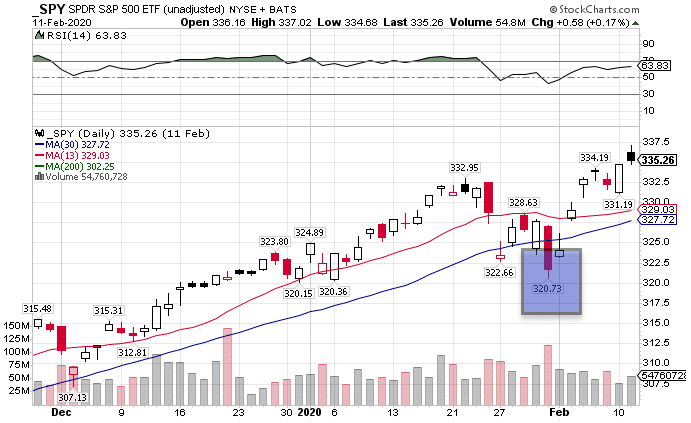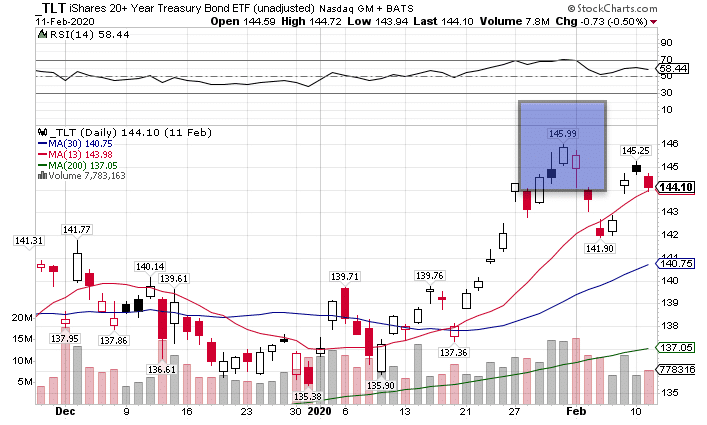We’re told that bonds and stocks trade in opposite directions.
In reality, it’s not that cut and dry, despite what economists would have you believe.
Over the last 20 years, the TLT and SPY have a daily correlation of -0.424.

While that’s a pretty solid indicator, it’s not nearly as telling as the VIX with a -0.783 correlation to the SPY.
As a trader, we can leverage this knowledge to make SMARTER DECISIONS.
That’s what I want to focus on today – how we can use this to our advantage.
It’s not enough to say that the Dow (DIA) and S&P 500 (SPY) should trade the same as the Nasdaq 100 (QQQ).
Because guess what…that’s not always true!
Just look at how different the IWM and QQQ traded in the last month.
Correlations work overtime but they can fail for periods, especially when there’s outside intervention.
That’s why putting them into context is just as important.
Let’s walk through how to do that with today’s market and create trade ideas for the coming weeks.
The power of the VIX
Here’s a crazy statistic for you.
Over the last 20 years, the VIX has a correlation of -0.78 to stocks!
That means there’s a good chance if the VIX is heading lower, stocks are heading higher.
This is one of the strongest correlations with stocks and another index. And it’s extremely useful for gauging market sentiment.
You see, volatility can be traded through futures products and options. Traders and investors that do this will often hedge using other instruments.
So, when volatility trades through a support level, it reacts just like a stock will.
Consequently, that can cause stocks to move!
Compare this daily chart of the VIX to that of the SPY.

VIX Daily Chart

SPY Daily Chart
Check this amazing fact out.
The VIX peaked on March 18th.
However, the SPY didn’t find a bottom until 5 days later!
Yes, the top in the VIX preceded the bottom in the market!
In fact, on the 20th, the trading session before the low, the VIX traded substantially lower than it’s peak. It fell from $85.47 down to $57.42.
This is one of my favorite leading indicators for the markets when they’re in a free-fall and something to keep in your back pocket.
Safety trade
Another fun fact.
Over 20 years, the TLT (bond ETF) has a -0.42 correlation with the SPY.
That means bonds typically trade the opposite direction of stocks.
And that makes sense.
When investors want to find safety, they move money into U.S. treasuries which are about as safe an investment as it gets.
Nothing is ‘risk-free’, but academics will often call treasuries by this name because if treasuries fail…then your trading account is the last thing you need to be worrying about!
So, we can use this as another puzzle piece for our trading.
When bonds and stocks go up at the same time, that should be a sign something is off.
I should mention that isn’t true when the Federal Reserve gets involved. Back in March, they entered into a huge bond-buying program that overpowered regular market investors. That caused the correlation to disappear for a time.
Take a look at early February and how the two traded in opposite directions.

SPY Daily Chart

TLT Daily Chart
You can see how the top in bonds corresponded with the bottom in equities.
Looking for differences here can be a bit tricky.
What I like to do is find where either is at an extreme and making a rapid move in the other direction. When that happens, I look to see a reversal from the other side.
Do you know the Yen?
A little known fact – the Japanese Yen is used as a safety trade more often than you would think.
Stocks often have a negative correlation to the Yen of -0.29.
In the last 6 months, that’s been even more pronounced -0.43.
However, a lot of that comes down to one simple word – context.
How you doin’
Correlations aren’t perfect. They hold on average, but not all the time.
That’s why understanding how they’ve been trading recently is critical.
When I look for bonds as a safety trade, that makes sense when the Fed isn’t involved.
Once they jam their foot in the door, everything goes out the window.
That’s why I want to see how these correlations worked in the last few weeks, months, and even year.
This gives me the context I need to see whether these correlations are worth considering.
Now, I know this is a lot and can take some practice to get used to.
That’s why I lay out this information each day in my newsletter to High Octane Options members.
Not only do they get a live stream of some of my favorite options trades and a proprietary scanner, but I explain what I’m seeing in the markets each day.
I point out what are the critical levels in each index as well as how I interpret them.
Traders benefit from my experience to cut the learning curve.
Come see what it’s all about.
Click here to learn more about High Octane Options.
